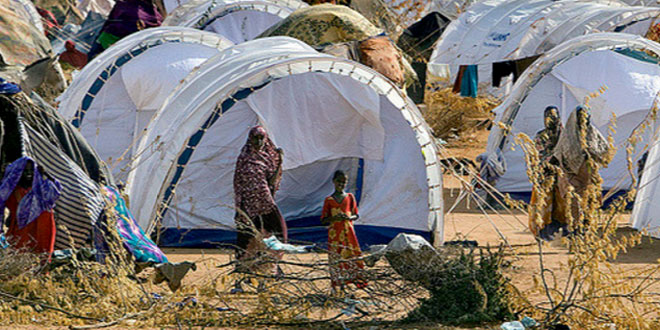Who is an environmental refugee? Environmental refugee / migrants are people forced to migrate away from their homeland due to sudden or long-term changes to their local environment. When the migration is considered to be forced and not a matter of choice, the term environmental refugee is used.
Who is an environmental refugee?
Additionally, if the causes for the migration are believed to be due to global warming related environmental disasters, the term climate refugee is sometimes used. The ‘environmental migrant‘ is a controversial concept which has increased in currency and generated considerable discussion in the 2000s as policy-makers, environmental and social scientists attempt to conceptualize the potential societal ramifications of climate change and general environmental degradation. As a result, the validity of the term has been questioned and has also generated controversy.
Some causes for environmental migration are increased droughts, desertification, sea level rise, and disruption of seasonal weather patterns such as monsoons. A statistically significant correlation between migration and environmental degradation including climate change was shown by Afifi and Warner (2007), controlling for the already established major drivers of migration.
In the World Disasters Report 2001 published by the International Federation of Red Cross and Red Crescent Societies, more people are now forced to leave their homes because of environmental disasters than war. They estimate approximately 25 million people could currently be classified as being environmental refugees.
 Kids Portal For Parents India Kids Network
Kids Portal For Parents India Kids Network







